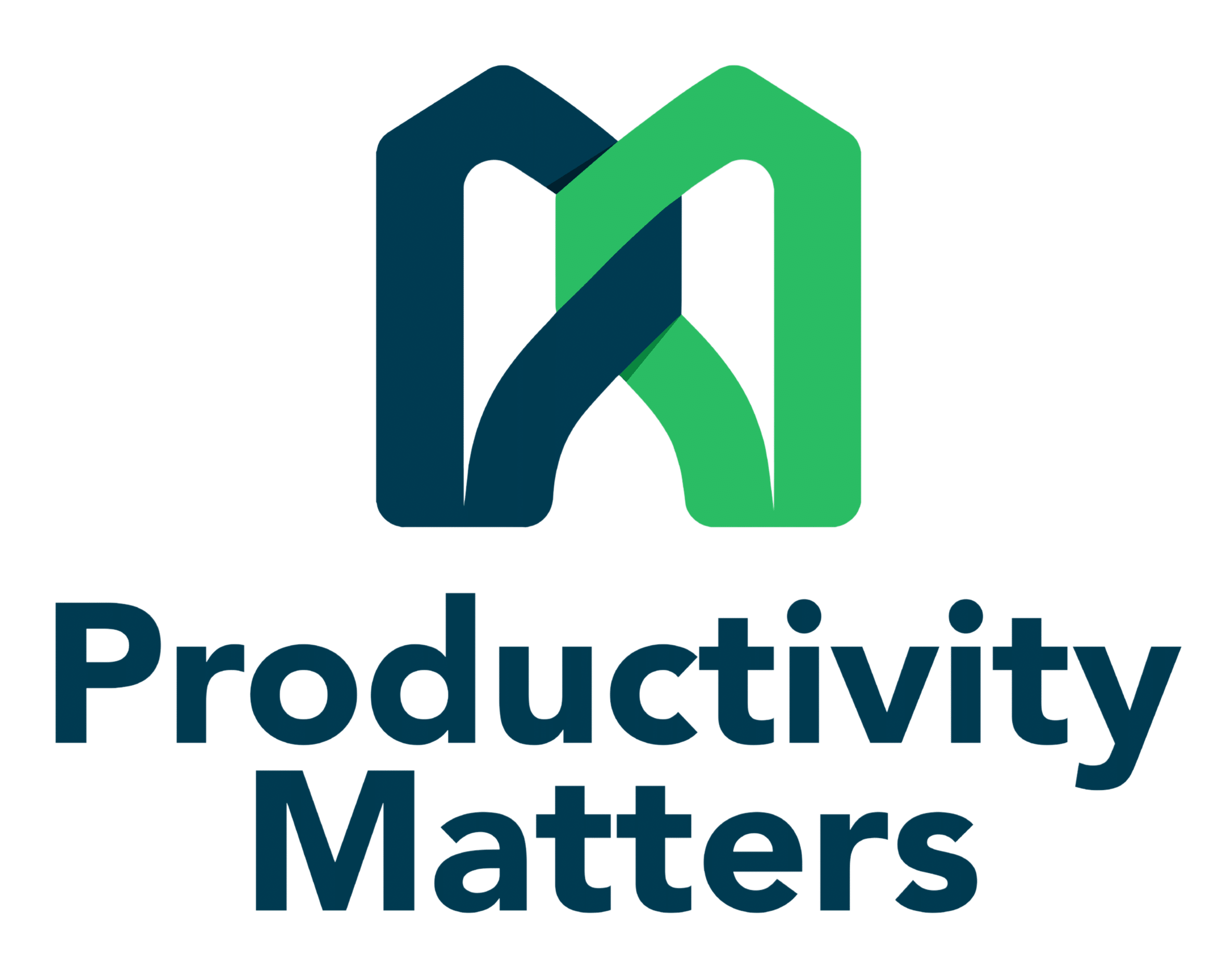For two years Productivity Matters has provided training to front line workers of the retail banking world. They are not alone in experiencing a rising level of incidents involving aggressive customer interactions. Safe Work Australia’s infographic following sums up leading causes of work related mental injury. Aggression, would fall under Exposure to Occupational Violence and Bullying and Harassment.

What we have learned and know, from training over 500 retail bankers Australia wide, some of whom have worked in banking for 30 years, is that the desperation and addiction of the communities they service, is on the rise. There are many reported causes of aggression in a branch, but the reports we hear about most in front line training, are those when the customer is drug effected, with the drug methylamphetamine or ‘ICE’. SBS News (August 2018) reports that a national study of wastewater confirmed what authorities have long suspected, methylamphetamine use is soaring around Australia.
“Secret tests of wastewater around Australia show methylamphetamine is the most popular illicit drug, with levels of use in WA far outstripping the rest of the nation. The wastewater monitoring by the Australian Criminal Intelligence Commission, the first of nine planned tests over the next three years, confirmed anecdotal evidence that ice is the most widely used illegal drug in Australia”.
These study results are freely available, and it is worthwhile understanding the prevalence of illicit drug use in your region to gain an appreciation of why incidents might be increasing with front line workers in a retail setting.
Understanding levels of risk in both substance use/ abuse and mental health/ illness prevalence and whether or not these do have a link to more aggressive behaviours is crucial in educating staff in front line roles. Consideration and variances in tolerance levels to customers presenting with aggressive behaviours needs to be lowered.
Industries with front line workers need to start working out the root cause/ hazard that causes aggression in the first place and they need to assess these hazards, and the control the risk that they present to employees. With an integrated approach, education along the supply or service chain to reduce inflation of a customer, support and training of leaders and simple and pragmatic ways to inform customers or design retail space, can reduce aggression events.




